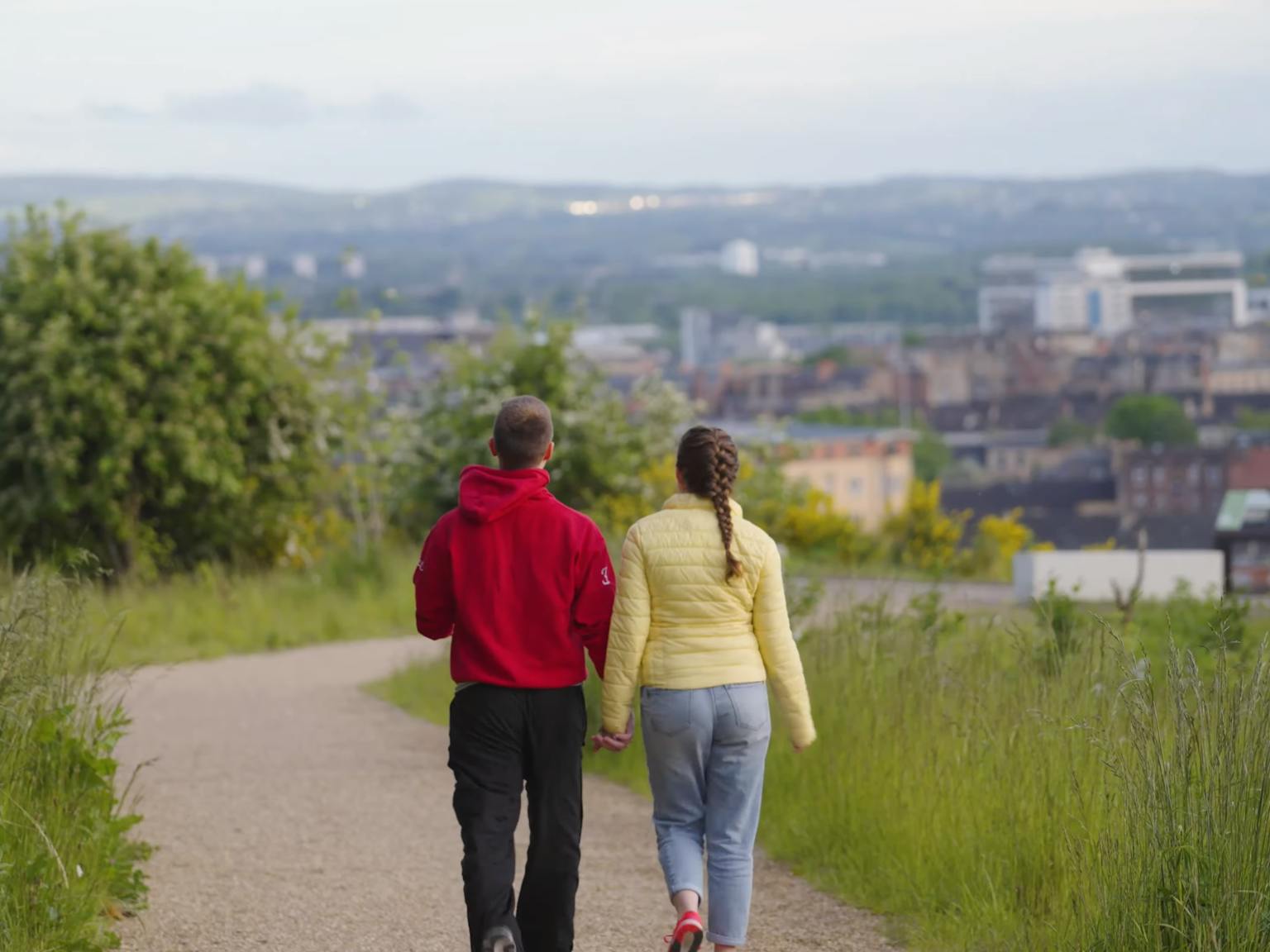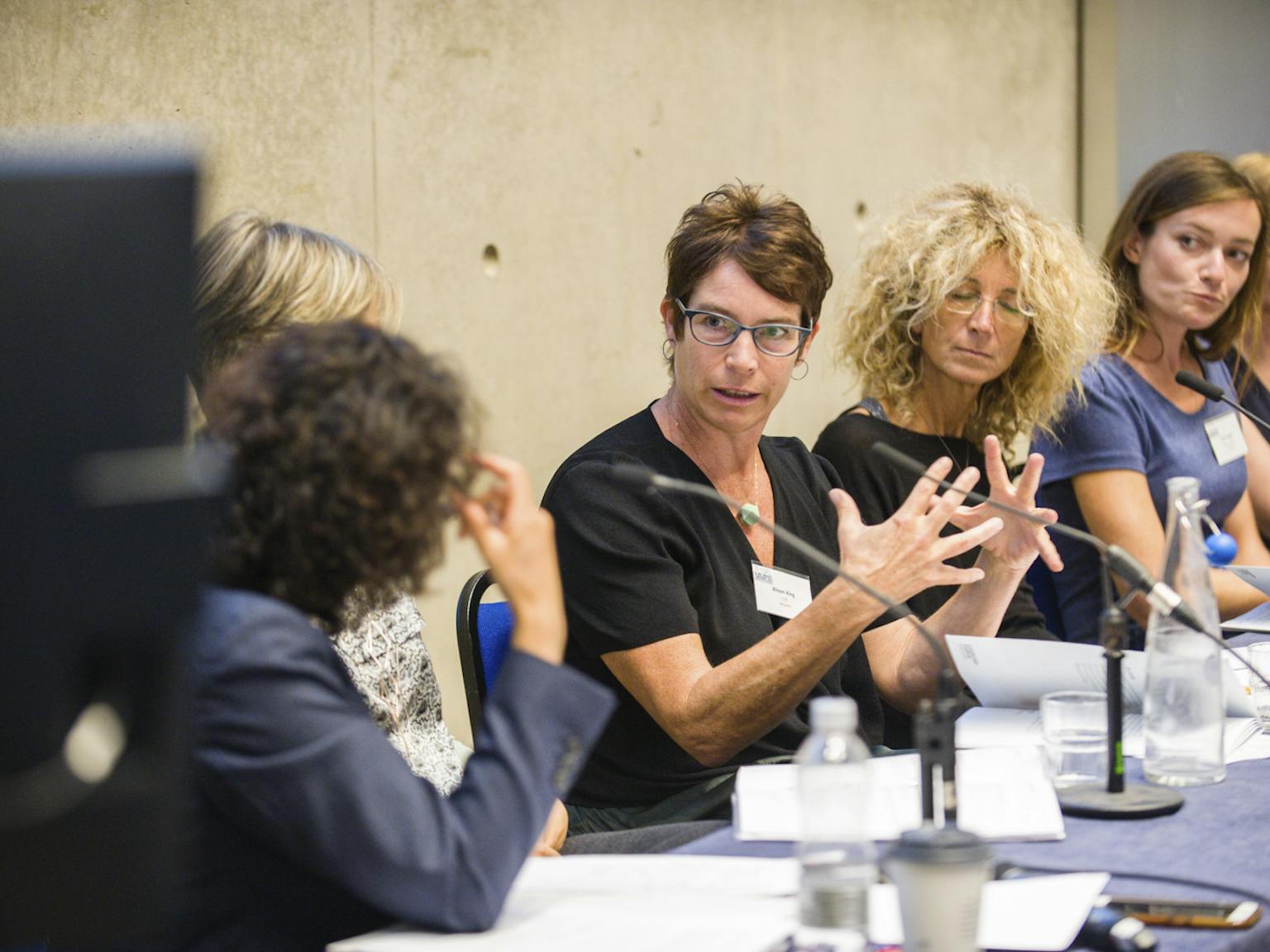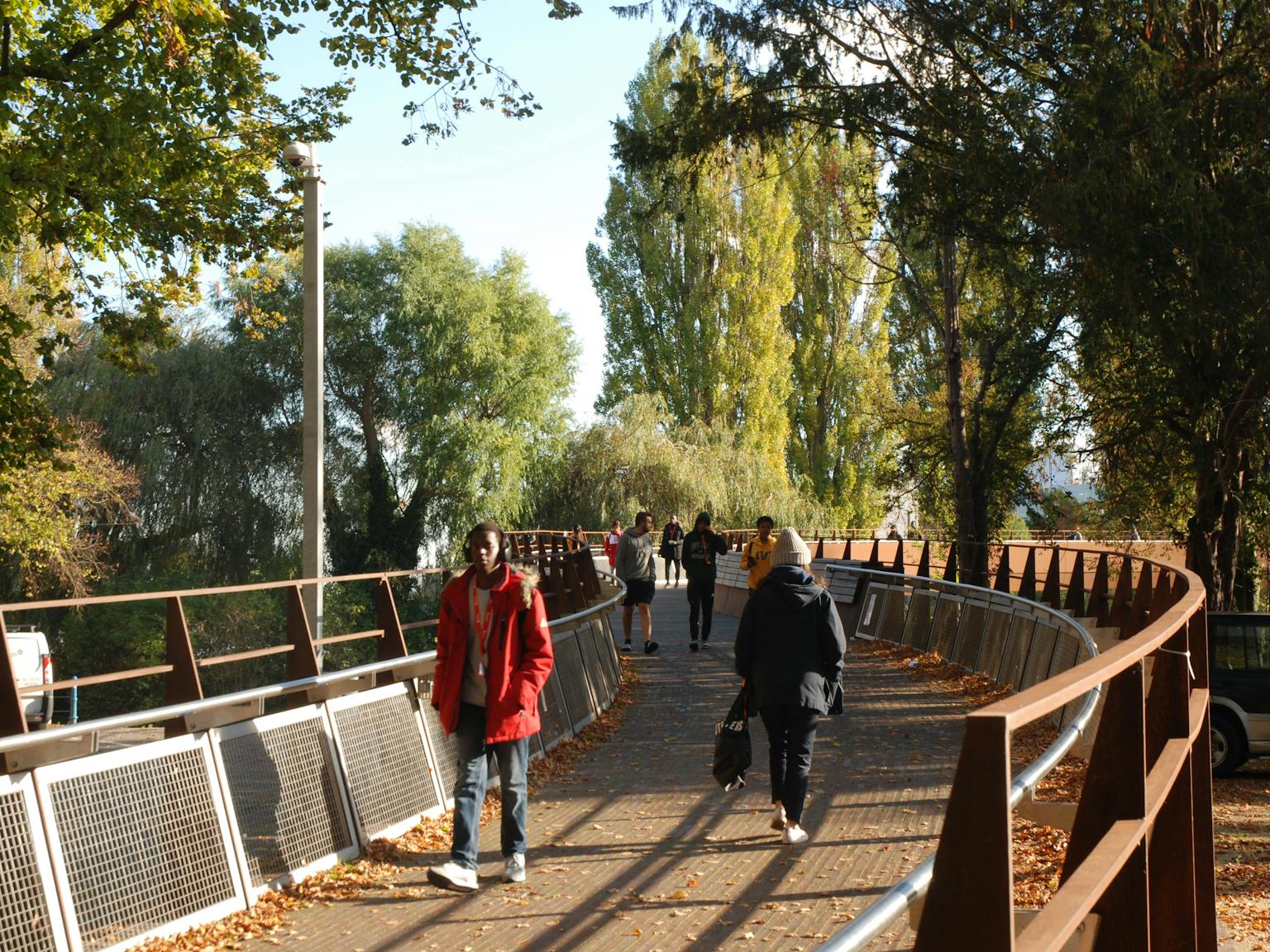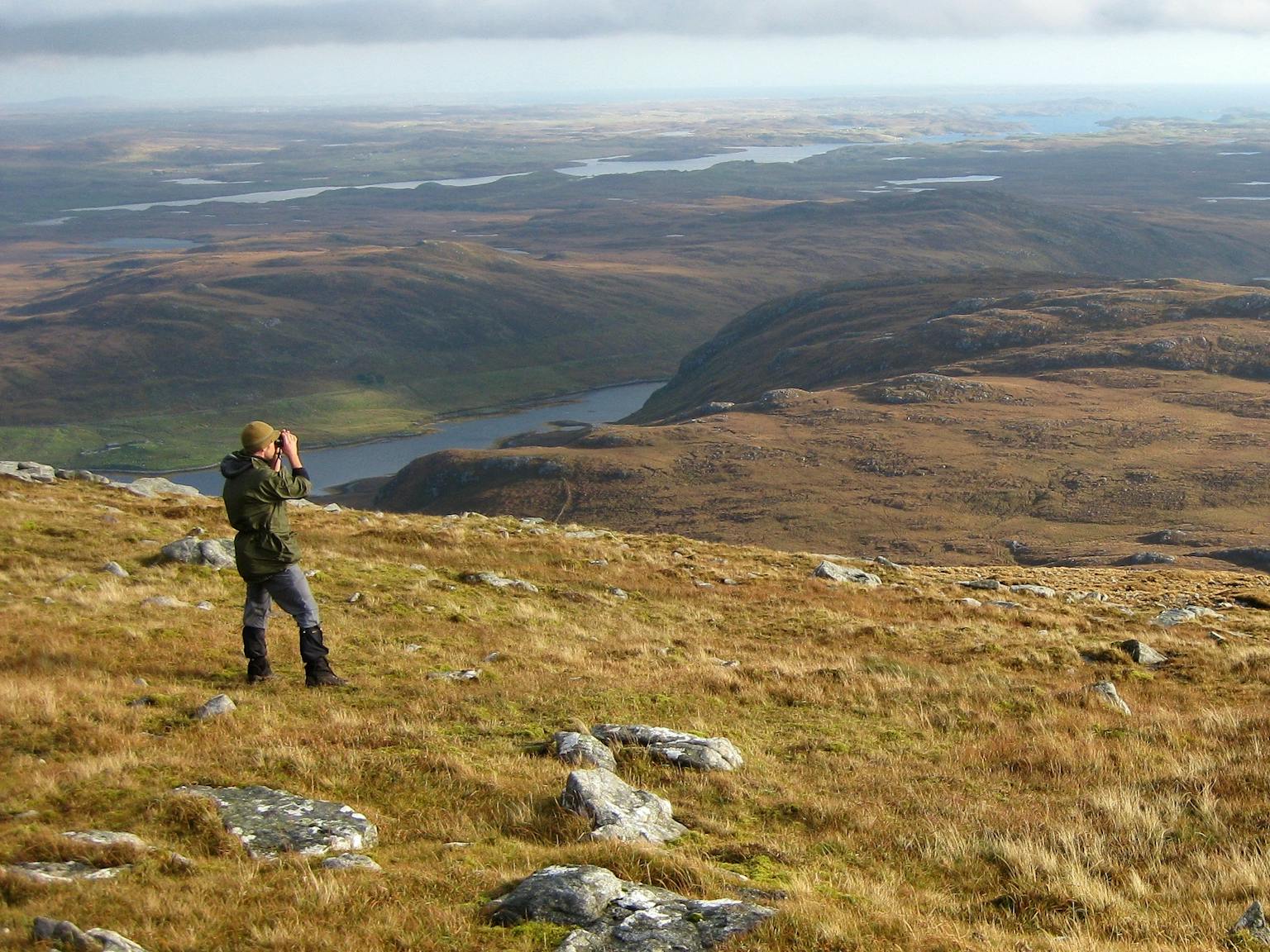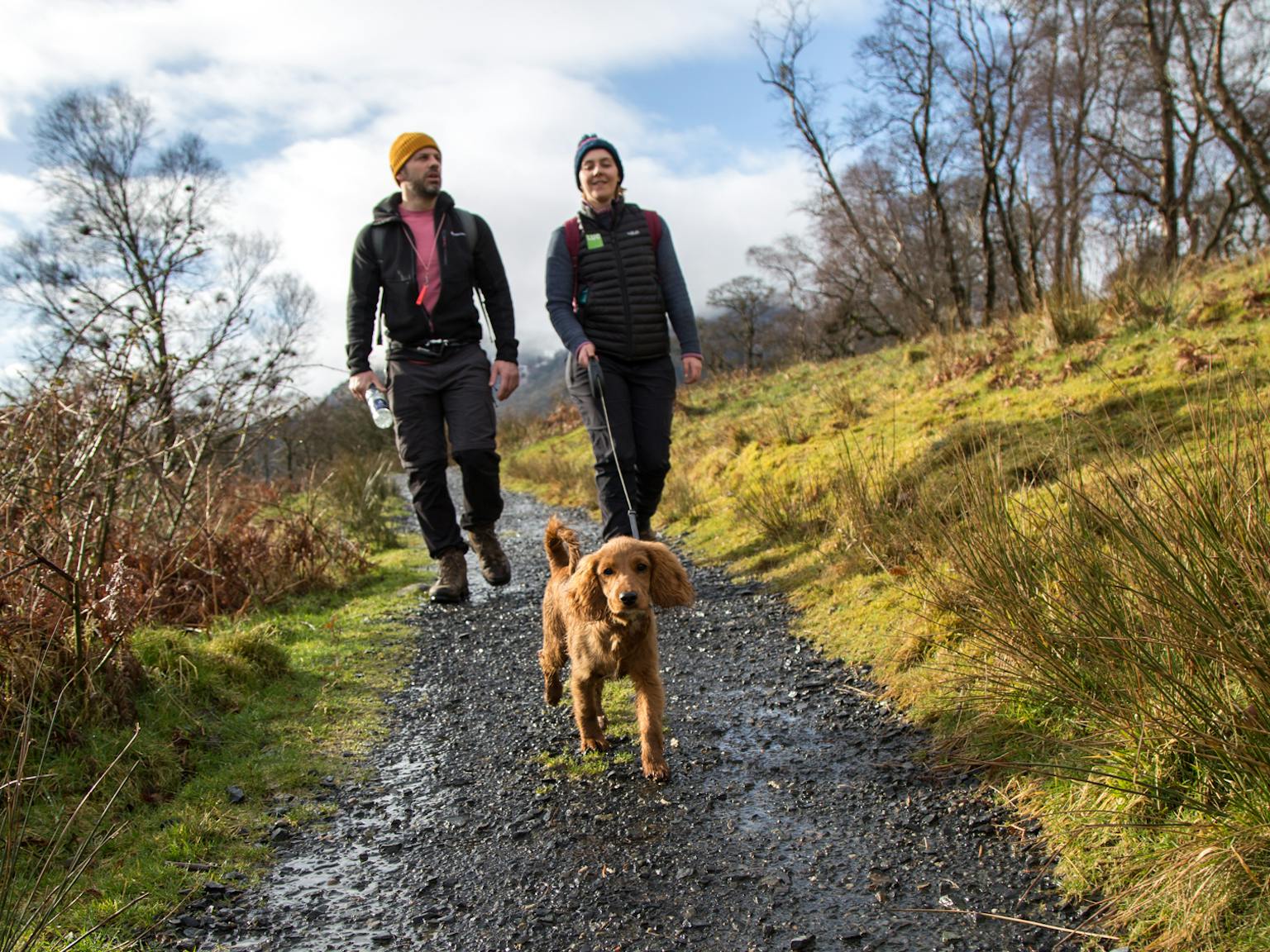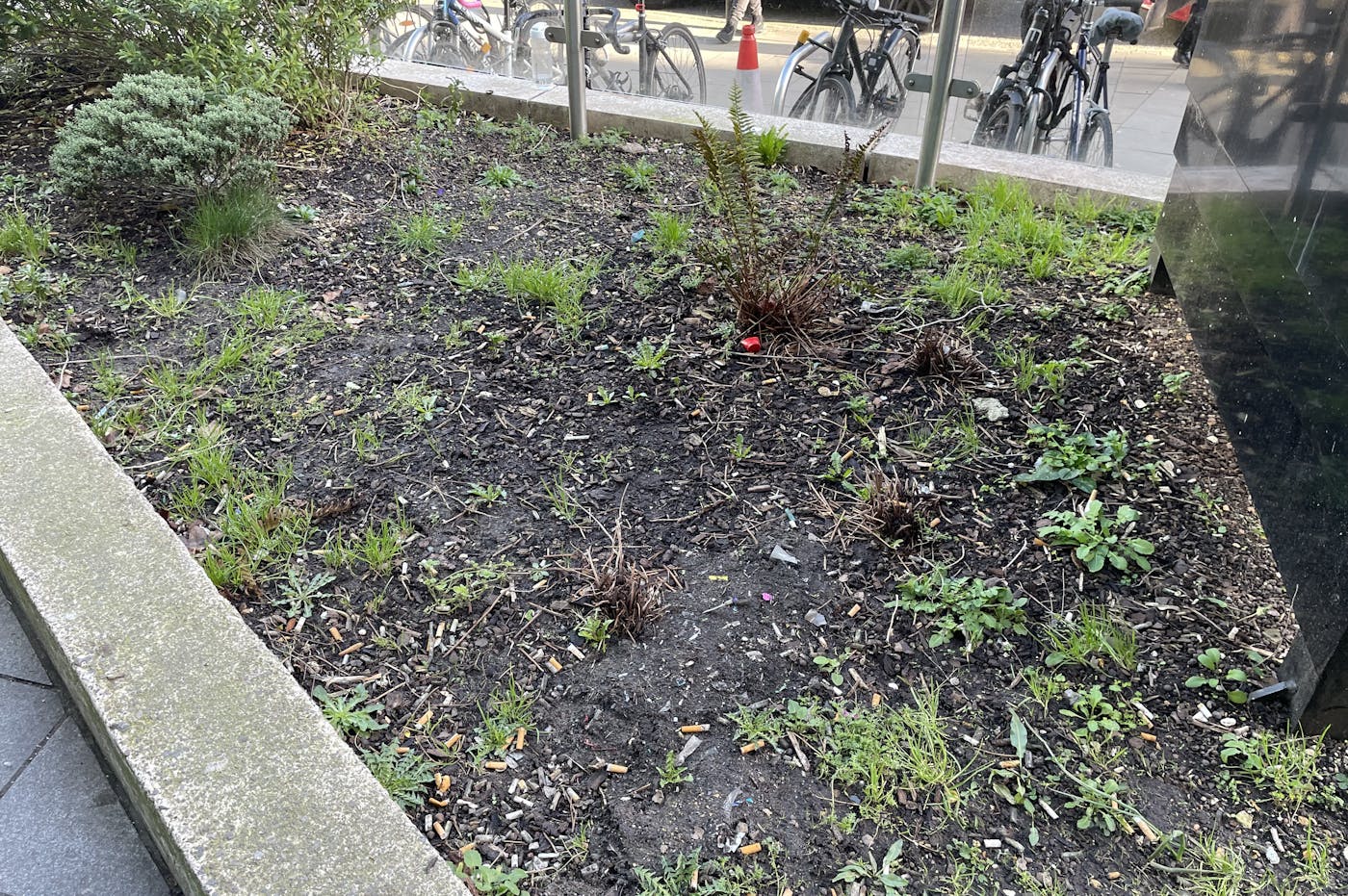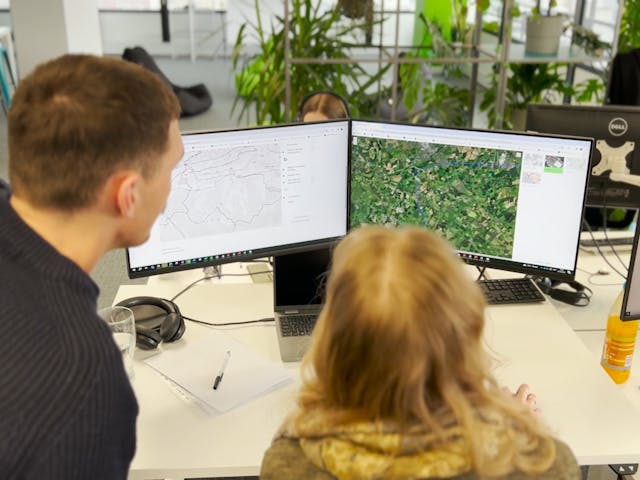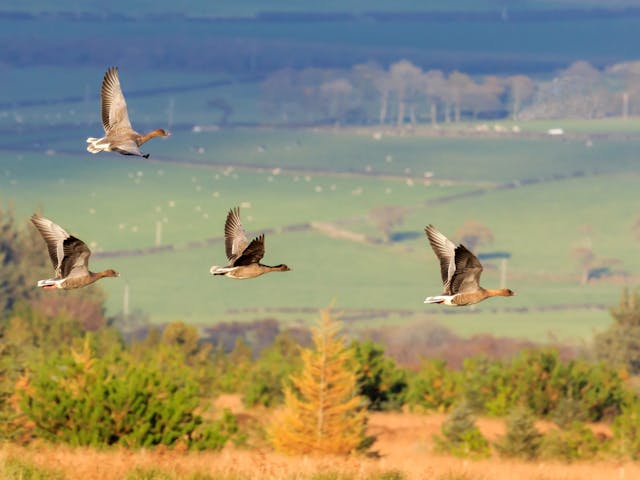
Small interventions – big impact
We want to leave this world in a better place, and we want our people to make a difference. As an employee-owned trust, our Corporate Social and Environmental Responsibility (CSER) policy focuses on improving society, protecting the environment, promoting sustainability, and empowering staff to contribute to their communities.
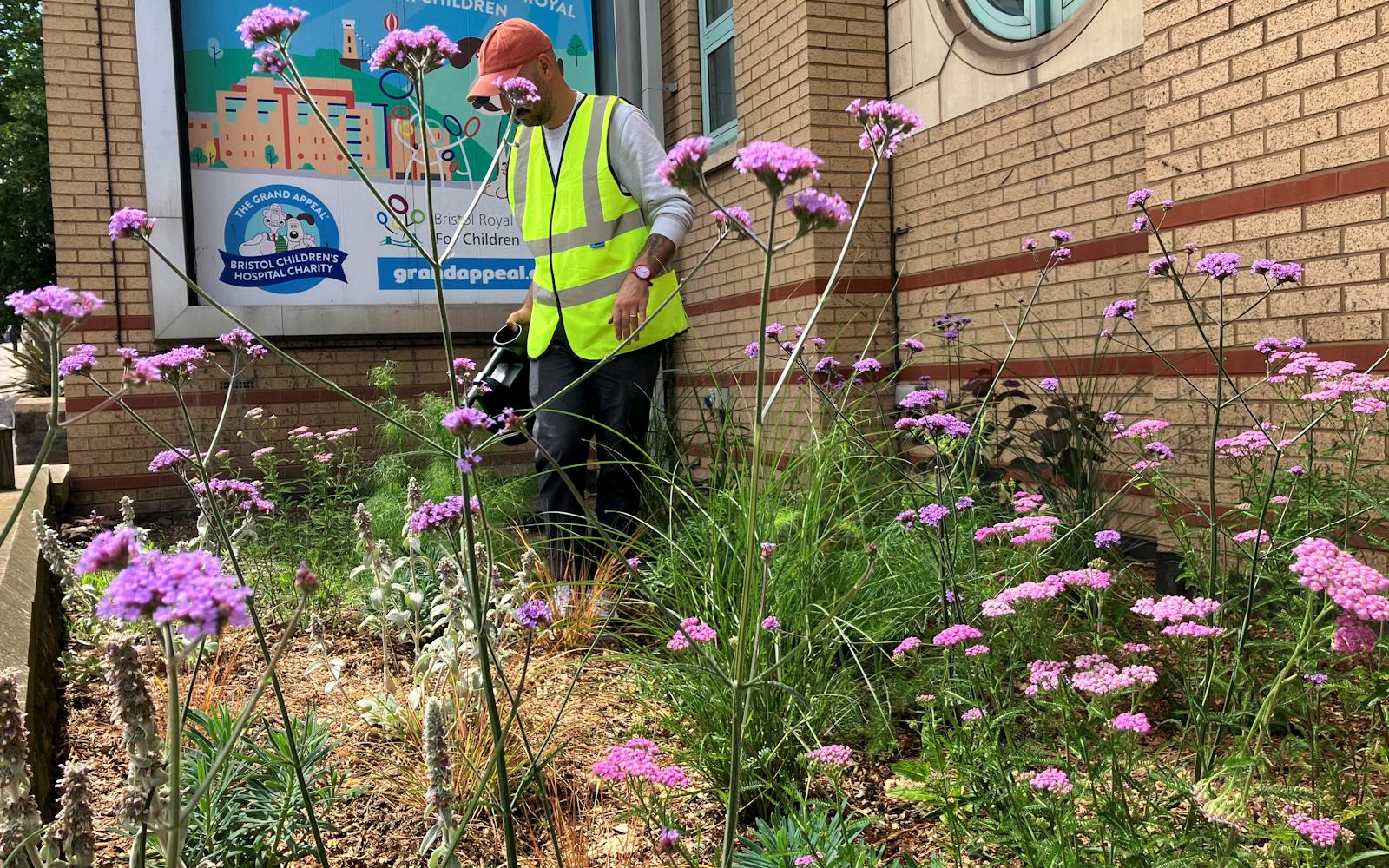
In a world of busy commutes, concrete landscapes and climate anxiety, the value of small, local actions can’t be overstated. Sometimes, meaningful change doesn’t come from a formal project or a corporate initiative, but from someone quietly digging a plant bed on their lunch break.
That’s exactly what Ed Tarratt, our Associate Director of Landscape Architecture, has been doing. In his spare time and as part of his CSER efforts, Ed is helping to transform neglected spaces across Bristol. He’s bringing them back to life with carefully chosen planting designed to boost biodiversity, improve wellbeing and increase access to nature in corners of the city, often hiding in plain sight.
It’s a textbook example of social, civic and environmental responsibility at its best – personal, place-based, and rooted in expertise.

A school garden with staying power
Ed lent his green-fingered expertise to his children’s primary school. His first plant bed refresh made an immediate impact. The forgotten space at the school’s main entrance was the first thing that children, parents and staff see every day. He planted a mix of robust, drought-tolerant, long-season shrubs and perennials with the aim that they would establish nicely and require little looking after. They were complemented by a beautiful new mural, all contributing to a healthier and more welcoming first impression of the school.
Next, the PTFA funded a new greenhouse and several galvanised steel troughs, offering a blank canvas for growing and learning. But Ed, aware of the long summer holidays and the often-limited capacity for maintenance, knew that he would need to choose plants that are resilient, sustainable and as close to self-sufficient as possible.
His answer? Sand beds.
This ultra-low-maintenance technique involves layering 20 to 30cm of pure sharp sand over a base of healthy, microbe-rich soil, recycled from elsewhere on site. He planted a carefully curated palette of tough, sun-loving species – Stipa, Salvia, Stachys, Eryngium, Fennel, and Sedum – in the troughs. The idea is that the sand moderates moisture, suppresses weeds, and encourages plants to root deeply into the nutrient-rich soil below. The result: stronger, slower, more drought-resistant growth with natural pest resistance.
It's experimental, certainly, but grounded in strong ecological principles. The visual impact is immediate, the long-term care requirements minimal, and, crucially, the children are now welcomed each day by vibrant planting that sparks curiosity and pride.
Nature at the NHS: The Bristol Royal Infirmary
What began as a vision in 2023 became reality last summer at Bristol Royal Infirmary, where Ed spotted another opportunity to transform once-neglected beds into a flourishing haven. Working with colleagues from the Bristol Design Team, he cleared tired, overgrown beds and installed new planting funded by LUC. The brief was simple: low-maintenance, pollinator-friendly, and good visual interest through as many months of the year as possible.
Stachys, Sisyrinchium, Euphorbia, Sesleria, Geranium, and Libertia proved to be standout performers, establishing well despite the site’s exposure and challenging microclimate. Even in the face of litter and cigarette butts, the planting is thriving, filling gaps, softening the hard landscape, and creating a more welcoming space.
Regular TLC has helped reduce plant losses to under 5%, a striking contrast to the ~20% failure, which larger commercial schemes often experience. It’s a testament not just to the plant selection, but to the consistent attention from people who care. And it’s worth noting that this wasn’t a formal client brief – it was a grassroots CSER initiative, which grew out of professional pride and a desire to give something back.
This hospital entrance operates 24/7 and is in constant use. Everyone passing through – patients, worried relatives, and busy staff – is likely dealing with some level of stress. While they may not consciously register the planting, it’s likely having a quiet, positive impact on their wellbeing in the background.
This community-driven work isn't just about aesthetics; it's about creating a healing environment. It’s a relatively easy win, yet the positive impact of access to green space and nature for hospital patients, staff and visitors is immeasurable.
Planting joy at the leisure centre
Ed’s local planting efforts eventually found their way to his local leisure centre in spring 2023. A neglected and barren plant bed outside the entrance drew his attention, and over a series of lunch breaks and weekends, Ed prepped and planted the ground, working with the site’s staff to create a plan. By spring 2024, the space was thriving, the frontage ablaze with ornamental grasses, drought-tolerant perennials, bulbs, insect life, worms and many bees!
Then came a pause. A major refurbishment of the centre meant they left the planting unmaintained for up to 12 months. Many schemes would have failed, but Ed’s planting strategy, with its emphasis on tough, resilient species, proved its worth. Achillea, Choisya, Euphorbia, Miscanthus, Phlomis, Salvia, and Stachys all weathered the neglect and the drought. Others, like Stipa and Rosemary, were less successful, but this real-world stress test offered valuable lessons in what works and where.

The leisure centre’s management, noticing the planting’s continued impact, has now committed budget to refresh and expand the space. Plans are underway to introduce stepping stones and pathways through the bed, encouraging children to walk among the plants and interact directly with nature, rather than seeing it as something ornamental or untouchable.
It’s telling that, despite six-figure investments in the centre’s facilities, the most frequent comments from visitors are about the planting. People notice, they engage, they smile. And in places where we often don’t expect to see nature, outside a leisure centre, in front of a hospital, by the school gates, that’s especially powerful.
Why it matters
Ed’s work might look modest from the outside: a few flowerbeds here, some sand and gravel there. But viewed as part of a wider narrative, it’s profound. These aren’t just cosmetic improvements. They are micro-habitats for insects. Cooling zones in urban heat islands. Every day experiences of nature for people who might not otherwise get any. These gardens offer small but vital doses of beauty, connection and calm.
This work doesn’t always need to be formalised, strategic or large-scale to make a difference. It’s vital that we enable our people to follow their passions and use their professional skills to benefit local communities directly. Ed's initiative is a case study in what can happen when expertise meets enthusiasm and has the space to grow, literally.

Looking ahead
More guerrilla planting and maintenance is on the horizon. As Ed continues to test new ideas in his own garden and allotment, he brings valuable insights back into these public spaces, trialling planting mixes, experimenting with mulch types, and refining approaches to maintenance. With each new bed, he’s not just planting greenery, he’s cultivating a deeper relationship between communities and their environment.
In a world where we’re told the problems are too big, Ed’s work is a reminder that small, thoughtful interventions still matter. Especially when they’re rooted in expertise, shaped by care, and grounded, quite literally, in the soil beneath our feet.
Our ‘Reimagined’ campaign highlights the impact we make on the world around us by reimagining places and shaping better futures for nature and people. We ask, ‘What if we all took the time and made an effort to turn things around?’ Ed’s examples are tangible lessons in answering that question.


